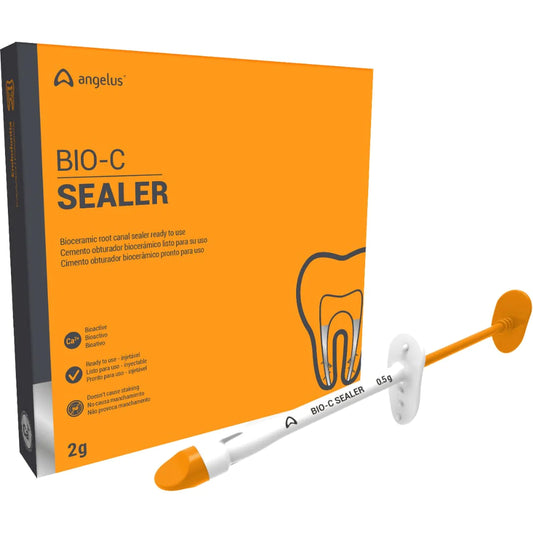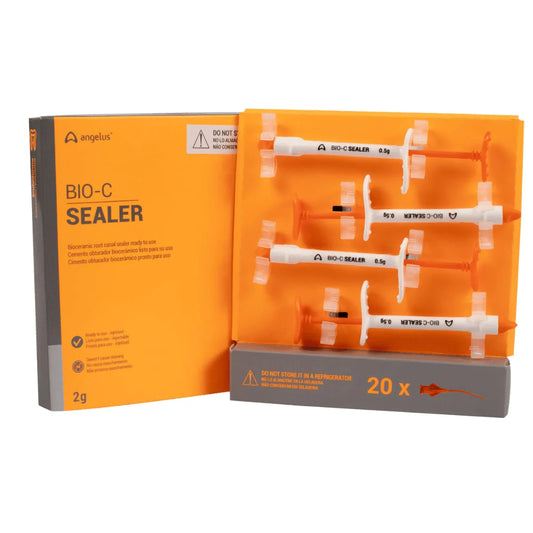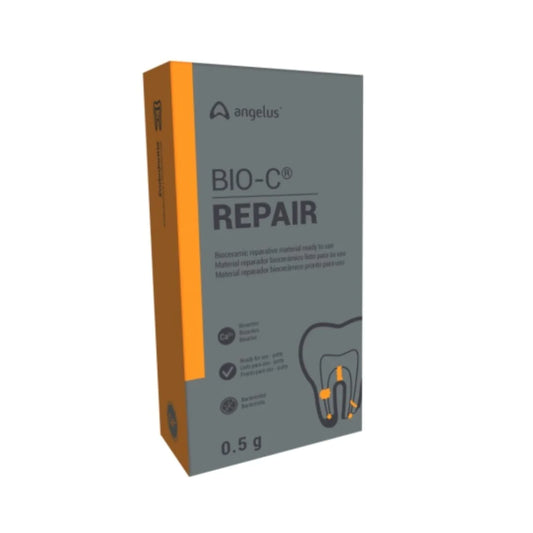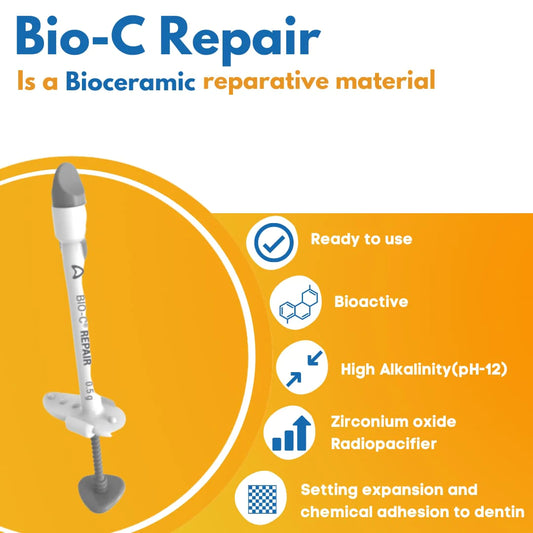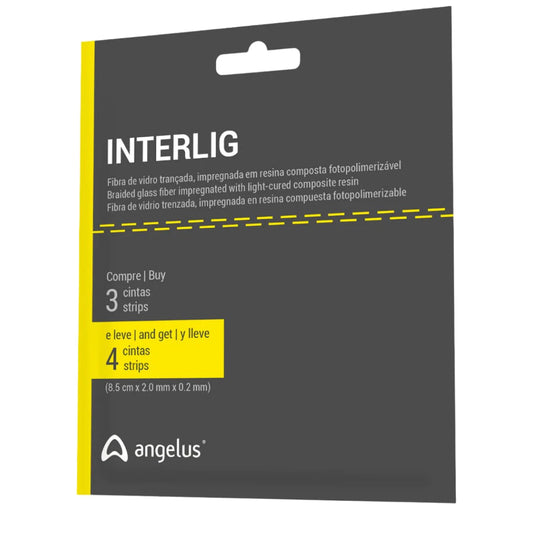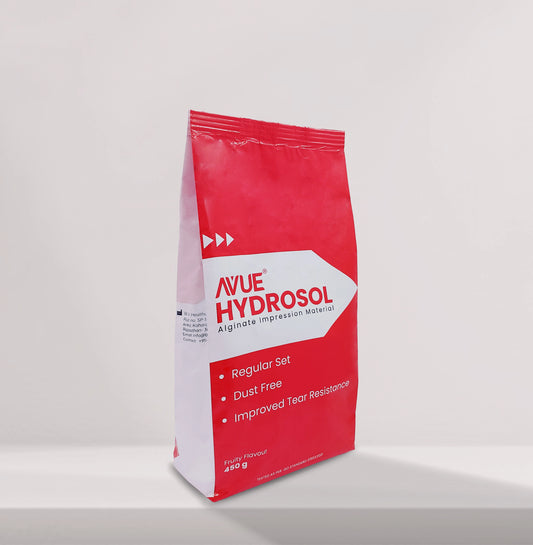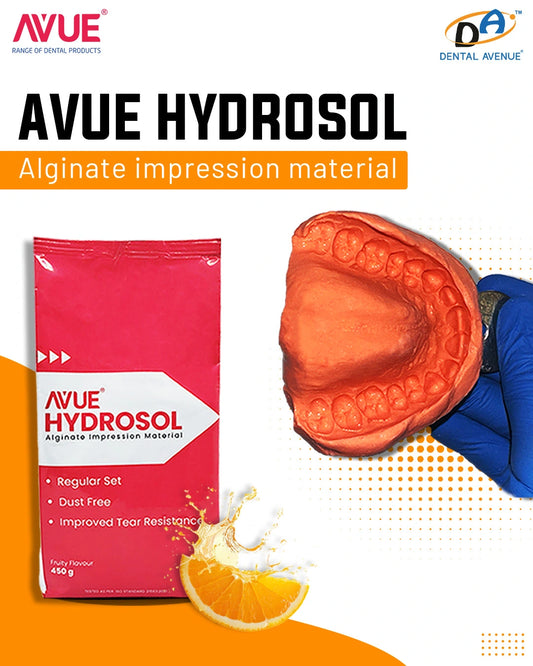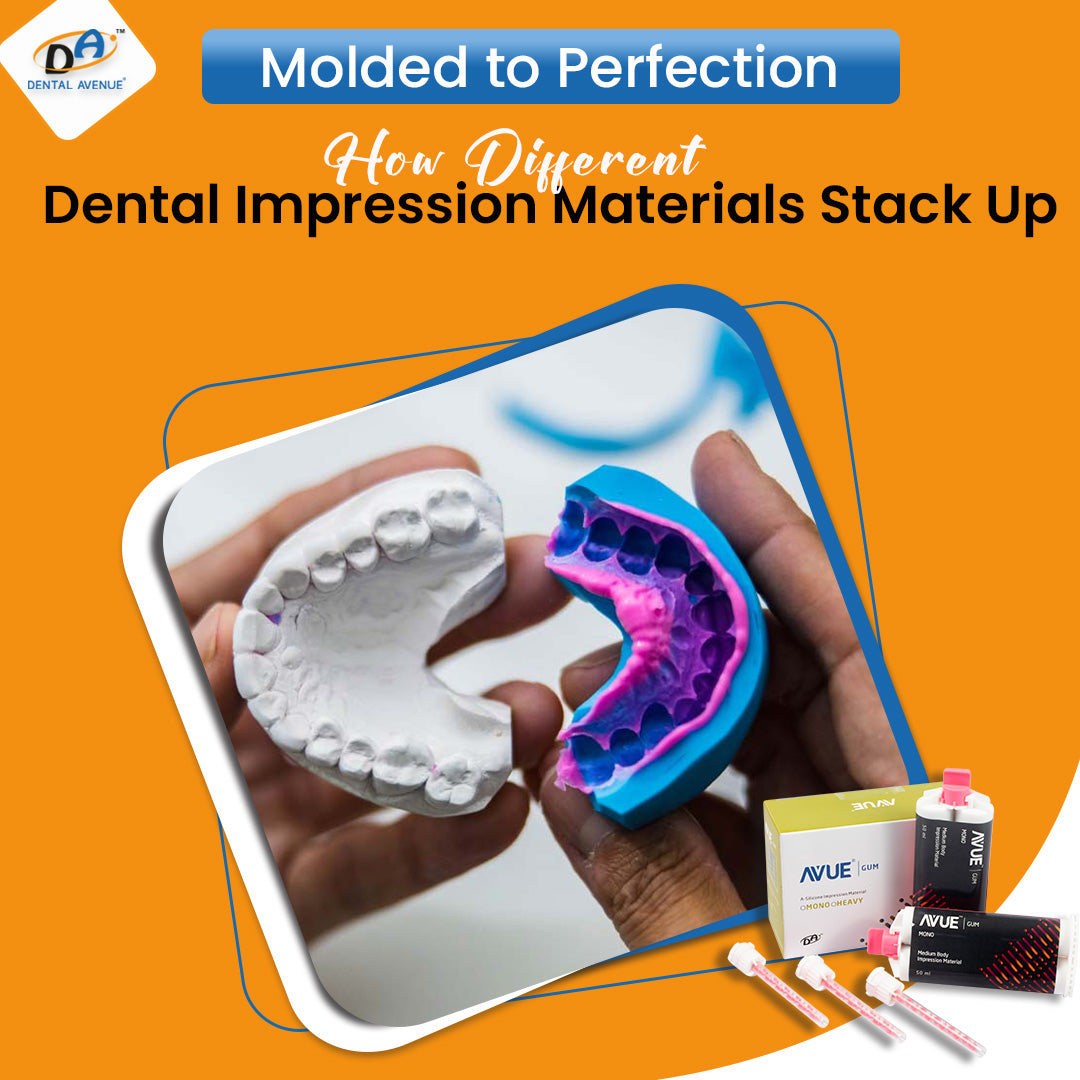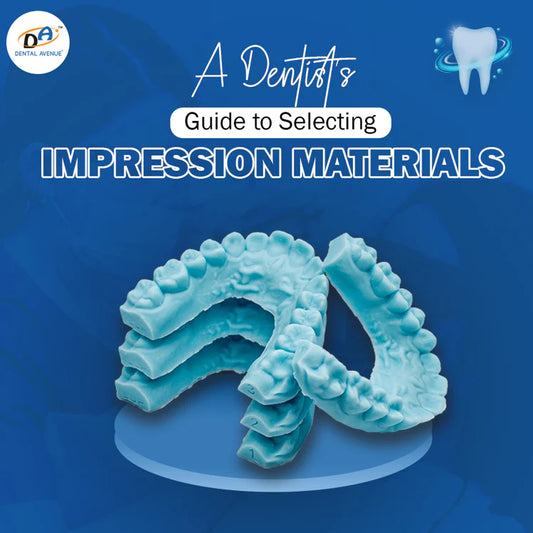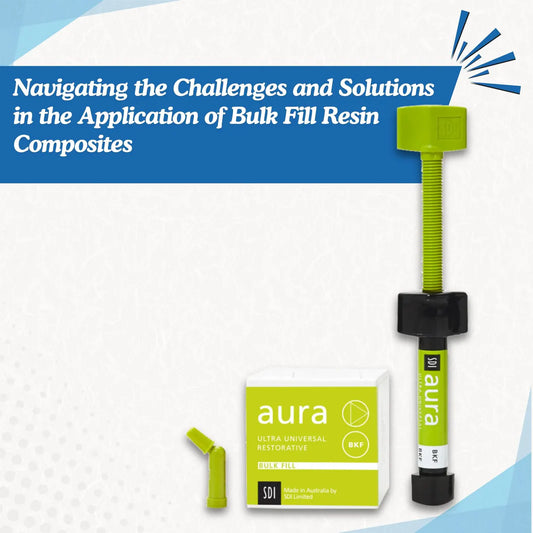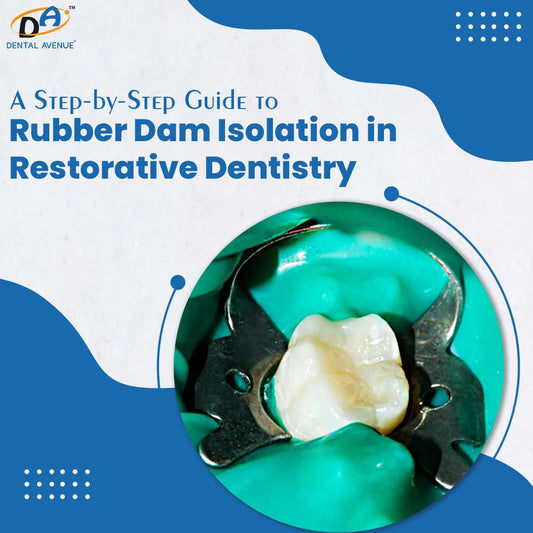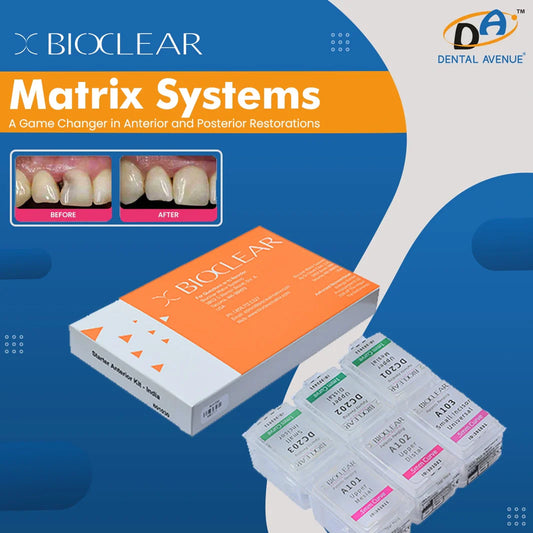Table of Contents
Introduction
Comparative Analysis of Dental Impression Materials
How to Take Accurate Dental Impressions?
Dental Impression Errors
Conclusion
Frequently Asked Questions
Dandy classified dental impressions into preliminary, final, and bite registration impressions, whereas the most accepted is according to mechanical properties. These may be either elastic or nonelastic impressions. Nonelastic include zinc oxide eugenol, impression compounds, waxes, etc. In contrast, elastic impression materials are compressible and stretchable and further divided into reversible and irreversible hydrocolloids, addition and condensation silicones, polysulfides, and polyether, each having slightly different chemical properties.
Recording the details is of utmost importance for any impression, and it should be accurate so that the fitting is proper according to the procedure. A study conducted in 2017 states that polyethers are the most accurate complete-arch replicas, followed by vinyl polysiloxanes, polysulfides, and irreversible-reversible hydrocolloids.
In another study, according to Patient Comfort, it was reported that Alginate offers efficient costs, good patient tolerance, ease of manipulation, reduced setting times, and the possibility of capturing a quality impression. However, the conventional impression-taking process can significantly reduce patient comfort due to the stimulation of the gag reflex.
How do you make an accurate dental impression?
- Gloves are the prerequisite before any procedure and help prevent contamination in the chamber/clinic.
- Cheek retractor: Always use a cheek retractor to hold the patient's lips and cheeks, as it enhances the provision and aids in better results.
- Tray size: Ensure the tray size is according to the patient arch as it helps record the finer details and then select the types of impression material according to the case.
- Timer: Although not always required, it is advisable for better results.
- Mixing: The operator should mix the putty uniformly and efficiently without forming bubbles.
- Use different putty for each impression: Ensure accuracy by applying equal pressure around teeth and gums and applying equal pressure while setting of the impression.
- Imprint the molars and gum line: Avoid redoing impressions and achieve a seamless aligner fitting experience.
REMEMBER TMP3 pneumonics for recording the perfect impression, which stands for:
T- Tray Size/Fit
M- Clear Margin
P- Less putty for patients who gag
P- Packaging details
P- Practising and talking to the patient during the procedure
Dental Impression Errors
- Margins:
- Tearing at the margin: Visible tears on the margin of the impression can lead to a short crown margin.
- Voids on the margin: These holes or spaces created on the margin lead to incorrect crown length in the final restoration.
- No sharp margin: The impression should have clear distinction to clear the margin ends, and there is clarity for the dental lab team.
- Distortion: While placing and removing the impression from the patient's mouth, a minor or major distortion may occur, such as a leaking margin, bubble formation, inadequate coverage, etc.
- Tray Selection: The tray should be selected and crosschecked for the patient's comfort and accurate impression. While selecting, the operator should ensure that the tray covers all the teeth without contacting the surrounding structures. Arch trays are available in different sizes and vary according to the manufacturer.
- Lack of uniformity: While mixing the impression material, the operator should ensure that the paste mix is uniform and without lumps. The kneading should be done quickly and efficiently for consistent color in hand-mixed putty.
- Internal Bubbles: While taking the impression, there should be no moisture, blood, or saliva as it may cause bubbles in the impression, affecting the luting agent.
- Wrong Impression Material: The right impression material should be selected according to the case, as knowing the setting and working time will help both patient comfort and achieve a suitable impression.
- Patient comfort: This may not seem important to many operators; however, it is of prime importance and should be taken into consideration to avoid error during impression as the impression may distort if the patient gags and or breathes from the mouth, so actively engages with patients through gestures and make them feel comfortable and less anxious during the procedure.
Conclusion
It can be concluded that there are ways to achieve a nearly perfect impression by following a few tips, and errors in the dental impression can be avoided by the operator. For optimum results and accuracy, one should be quick enough to figure out the problem and solve it accordingly, which comes with experience and practice.
Frequently asked questions
What physical characteristics should I consider when comparing dental impression materials?
While choosing the impression material, just check for ABC points:-
A- It should be easy to handle and manipulate.
B- Should be able to produce detailed replicas of the hard and soft tissue.
C- Good tear strength.
What is the significance of biocompatibility in dental impression materials, and how can it affect patient comfort?
Being biocompatible in a dental impression material aids in better clinical outcomes and reduces the sensitivity reaction in the patient.
How does the cost of dental impression materials vary, and does a higher price indicate better quality?
It ranges from hundreds to thousands and does not necessarily indicate a better quality as one should focus on the physical and chemical properties more and less on the prices.
Are there any special considerations for handling and storing dental impression materials?
Yes, the dental impression materials should be stored in a dry and cool place, and the plastic liner should be closed and wrapped tightly when not in use. Also, bulk material can be transferred to smaller, sealed-lid containers.

